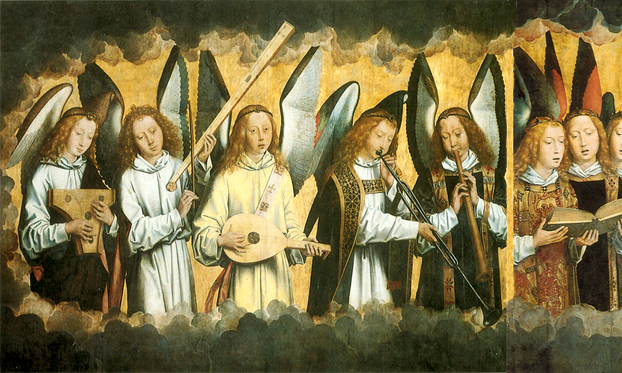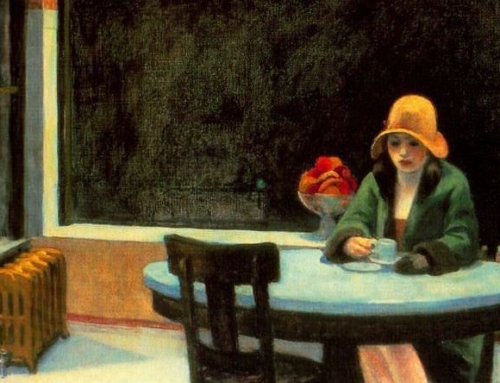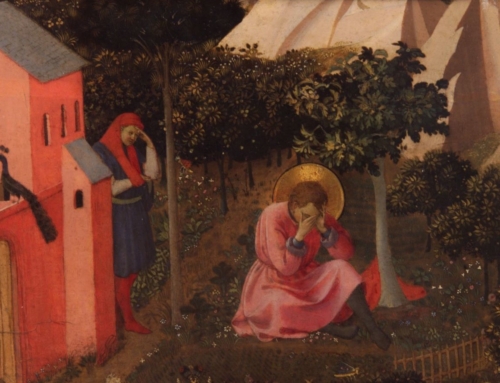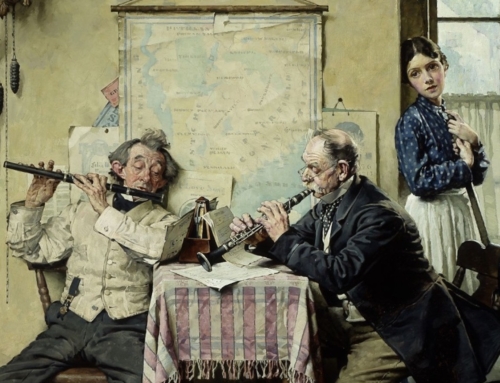Kino heard the little splash of morning waves on the beach. It was very good—Kino closed his eyes again to listen to his music. Perhaps he alone did this and perhaps all of his people did it. His people had once been great makers of songs so that everything they saw or thought or did or heard became a song. That was very long ago. The songs remained; Kino knew them, but no new songs were added. That does not mean that there were no personal songs. In Kino’s head there was a song now, clear and soft, and if he had been able to speak of it, he would have called it the Song of the Family. –John Steinbeck, The Pearl
John Steinbeck’s The Pearl is a story about Kino, a poor pearl-diver, about the sickness of a child, about treasure-seeking and treasure-finding, and about many other things. But it is as much about the Song of the Family as any of these. The drama of the story is revealed by the changes in this song, by its first warmth and security or its fierceness in disturbance and desolation. We hear the sweet countermelody of the Pearl That Might Be, and the “secret, dangerous melody” of the Song of Evil, expressing all that threatens the family. Into his story, in the ears of the man Kino, Steinbeck wrote this soundtrack, with its themes and motifs cut into the narrative. The Song of the Family and its changes don’t make their own story beside the one about Kino and Juana and their child. Rather, like the music of an opera, the music reveals more deeply what is happening in the narrative.
Life itself has its rhythm and its themes. It comes measured out in days and hours, it has movements of sickness and health, its grave times and its vivacious times. Often, it slows down near the end. God made man to sing, and men make their songs, and these reveal life and creation in a special way, often beyond the facility of words. The Scriptures are full of living songs. You find such commands as “Sing to the Lord a new song” (Ps 96:1) and such proclamations as “The Lord is my strength and my song” (Ps 118:14).
St. Augustine wrote a treatise on Music (De Musica, it is aptly named). In it, he treats of the science of music, the principles of enjoying music, and, most importantly, the relationship of music to life and happiness. All music has some order which determines its sound and its meaning. Music is beautiful and pleasing when it has a good order and follows it well. So when Augustine describes different types of rhythms, the core separation is between the kind of rhythm that distracts us, pulling us this way and that, away from ourselves, and the kind of rhythm that follows reason (and, ultimately, God).
Yes, this does suggest that we should be careful about what kinds of music we listen to. But so much more importantly, it leads us to ask ourselves, “What sets the rhythm of my life? What is my song, and what are its themes and movements?” It may take a new kind of silence to hear.
✠
Image: Hans Memling, Christ Surrounded by Musician Angels







